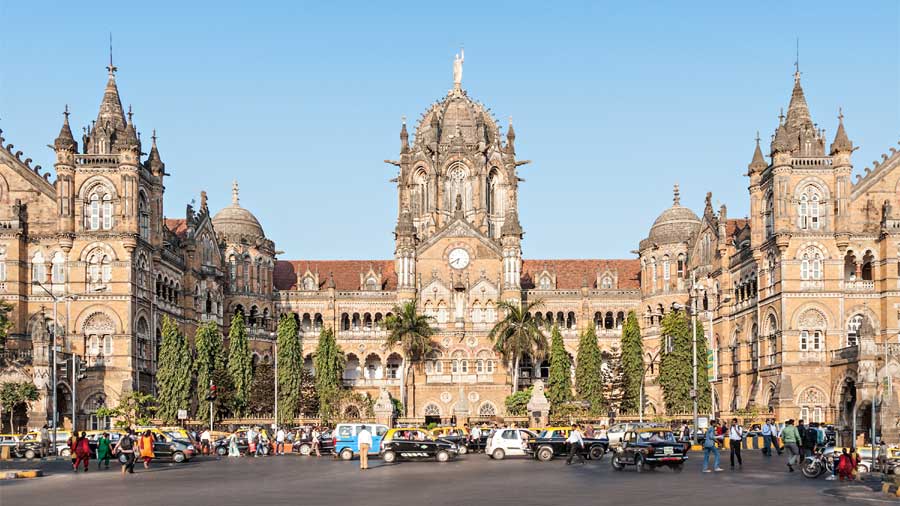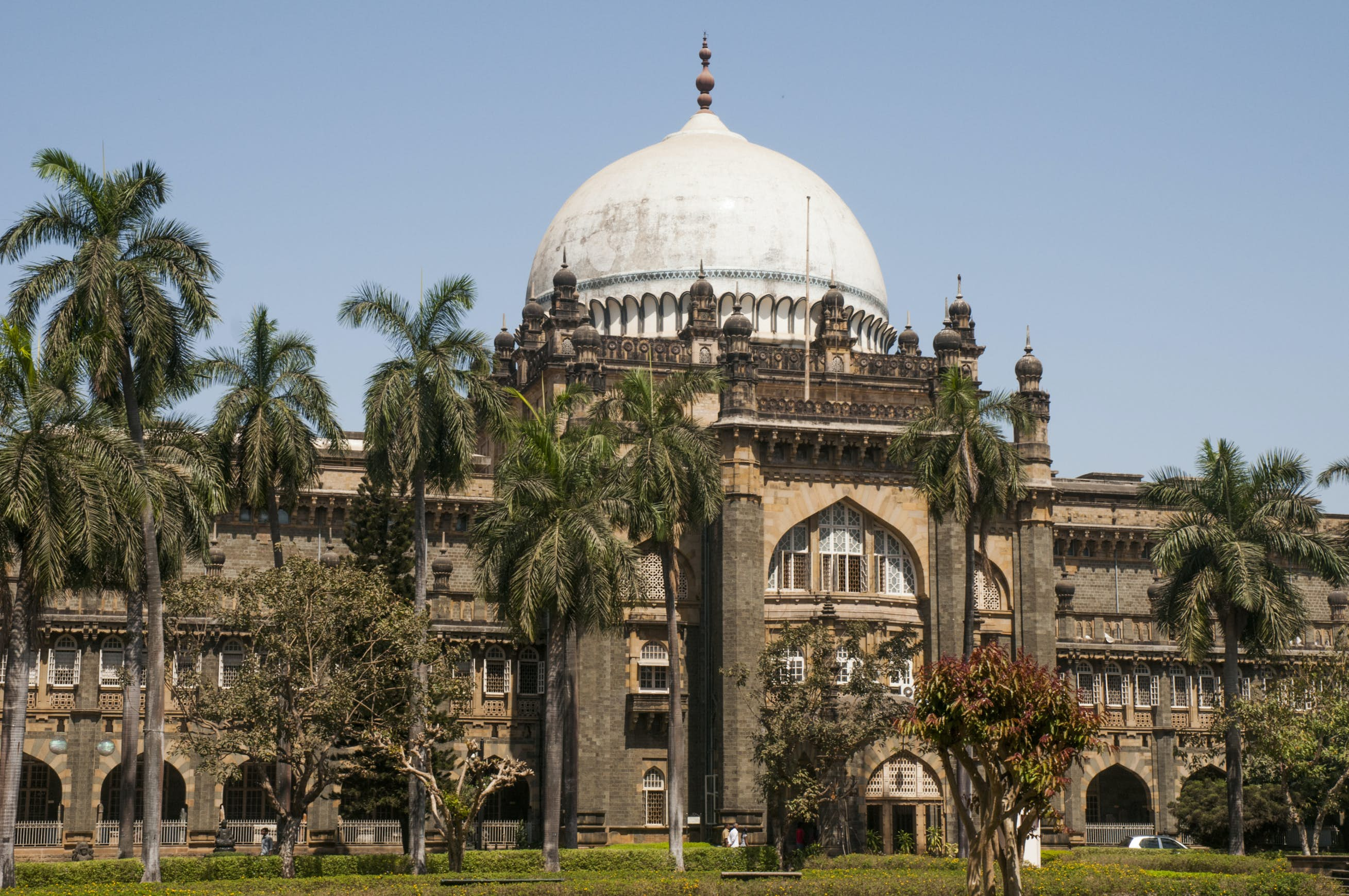Places to visit in Mumbai
Mumbai formerly called Bombay is a melting pot of cultures that offer memorable experiences. The commercial capital of India is home of entrepreneurs, dreamers, sky-touching concrete towers, thriving nightlife, cricket, Bollywood and so much more. Undoubtedly, Mumbai is one of the must- visit places in India. Mumbai tours lure history lovers, culture enthusiasts, experience-seekers and tourists from all walks of life.
The mesmerizing metropolitan is a cluster of seven islands, named after the Goddess Mumbadevi. The Portuguese arrived in 1534 and renamed it Bom Bahia, for the natural harbour which served as a safe haven for its ships. Slowly people made way to the city lured by the promise of business opportunities and religious freedom. Over the years the migrant population prospered, therefore land was reclaimed, and thus began transformation into the industrial hub and bustling metropolis. In the British Raj, the city grew and encompasses their culture. The city is marked with many landmarks with their distinctive style of architecture. Today, Mumbai is the country's financial & cultural centre and also home to a thriving film industry. The coming together of two worlds, the amalgam of great wealth and abject poverty created endless activity that personifies this ‘city of dreams’.
Places to visit in Mumbai include a huge list. Start with the Victoria Terminus, now Chattrapati Shivaji Terminal- a listed UNESCO World Heritage Site. Other must-visit attractions are the 3km long Marine Drive, Gateway of India, the Hanging Gardens, Mani Bhawan (where the Father of the Nation Mahatma Gandhi resided for several years), Chowpatty Beach, the Prince of Wales museum, Water Kingdom, etc. Besides the popular sights, the city has a plethora of cherished experiences. A visit to the Dharavi Slum, the biggest slum in Asia is a must in Mumbai. Witness the indelible spirit of Mumbai as the hardworking folks struggle and make their dreams come true. A tour of the Dhobi Ghat is also a pleasure. The most thrilling of all is the Dabbawala tour is Mumbai, where you can watch the organized tiffin system that feeds millions. Bollywood tour is a cherished experience. Another outing to definitely cover is to the Elephanta Islands housing the UNESCO World Heritage Site of the Elephanta Caves.
While sightseeing is amazing, the street food of Mumbai is not to be missed. There are both vegetarian as well as non-vegetarian dishes that tempt your taste buds. The thriving nightlife, with discotheques, pubs, arts & cultural scene keeps you up till the early hours of the day.

Gateway of India Mumbai
The Gateway of India is an arch-monument built in the early twentieth century in the city of Mumbai, in the Indian state of Maharashtra. It was erected to commemorate the landing in December 1911 at Apollo Bunder, Mumbai of King-Emperor George V and Queen-Empress Mary, the first British monarch to visit India. At the time of the royal visit, the gateway was not yet built, and a cardboard structure greeted the monarch. The foundation stone was laid in March 1913 for a monument built in the Indo-Saracenic style, incorporating elements of 16th-century Marathi architecture. The final design of the monument by architect George Wittet was sanctioned only in 1914, and construction was completed in 1924. The structure is a triumphal arch made of basalt, which is 26 metres high. After its construction the gateway was used as a symbolic ceremonial entrance to British India for important colonial personnel. It has been called a symbol of "conquest and colonisation" commemorating British colonial legacy. The gateway is also the monument from where the last British troops left India in 1948, following Indian independence.

Elephanta Caves
Elephanta Caves are a UNESCO World Heritage Site and a collection of cave temples predominantly dedicated to the Hindu god Shiva. They are on Elephanta Island, or Gharapuri, in Mumbai Harbour, 10 kilometres east of Mumbai in the Indian state of Maharashtra. The island, about 2 kilometres west of the Jawaharlal Nehru Port, consists of five Hindu caves and a few Buddhist stupa mounds that date back to the 2nd century BCE, as well as a small group of two Buddhist caves with water tanks. The Elephanta Caves contain rock cut stone sculptures that show syncretism of Hindu and Buddhist ideas and iconography. The caves are hewn from solid basalt rock. Except for a few exceptions, much of the artwork is defaced and damaged. The main temple's orientation as well as the relative location of other temples are placed in a mandala pattern. The carvings narrate Hindu mythologies, with the large monolithic 20 feet Trimurti Sadashiva, Nataraja and Yogishvara being the most celebrated.

Marine Drive
Marine Drive is a 3.6-kilometre-long Promenade along the Netaji Subhash Chandra Bose Road in South Mumbai in the city of Mumbai, India. Often, the names Marine Drive and Netaji Subhash Chandra Bose Road are used interchangeably to refer to this 3.9km stretch. The road and promenade were constructed by late philanthropist Bhagojisheth Keer and Pallonji Mistry. It is a 'C'-shaped six-lane concrete road along the coast of a natural bay. At the northern end of Marine Drive is Girgaon Chowpatty and the adjacent road along links Nariman Point at southern tip to Babulnath and Malabar Hill at northern tip. Marine Drive is situated on reclaimed land facing west-south-west. Marine Drive is also known as the Queen's Necklace because, when viewed at night from an elevated point anywhere along the drive, the street lights resemble a string of pearls in a necklace. The official name for this road, though rarely used, is Netaji Subhash Chandra Bose Road. The promenade is lined with palm trees. At the northern end of Marine Drive is Chowpatty Beach. This is a popular beach famed for its Bhel Puri. Many restaurants also line this stretch of the road

Chhatrapati Shivaji Maharaj Terminus
Chhatrapati Shivaji Terminus, also known by its former name Victoria Terminus, is a historic terminal train station and UNESCO World Heritage Site in Mumbai, Maharashtra, India. The terminus was designed by British born architectural engineer Frederick William Stevens, in an exuberant Italian Gothic style. Its construction began in 1878, in a location south of the old Bori Bunder railway station, and was completed in 1887, the year marking 50 years of Queen Victoria's rule, the building being named, Victoria Terminus. In March 1996 the station's name was changed to "Chhatrapati Shivaji Terminus" after Shivaji, the 17th-century warrior chieftain who employed guerilla tactics to contest the declining Mughal Empire and found a new state in the western Marathi-speaking regions of the Deccan Plateau. During the 18th-century the state was expanded by the Peshwas to extend over many interior regions of India as the Maratha Confederacy, or the Maratha Empire. The expansion was checked in 1761 by the Afghans in the Third Battle of Panipat, and the empire defeated by the British in 1817–18 in the Third Anglo-Maratha War.

Kanheri Caves
The Kanheri Caves are a group of caves and rock-cut monuments cut into a massive basalt outcrop in the forests of the Sanjay Gandhi National Park, on the former island of Salsette in the western outskirts of Mumbai, India. They contain Buddhist sculptures and relief carvings, paintings and inscriptions, dating from the 1st century CE to the 10th century CE. Kanheri comes from the Sanskrit Krishnagiri, which means black mountain. The site is on a hillside, and is accessible via rock-cut steps. The cave complex comprises one hundred and nine caves. The oldest are relatively plain and unadorned, in contrast to later caves on the site, and the highly embellished Elephanta Caves of Mumbai. Each cave has a stone plinth that functioned as a bed. A congregation hall with huge stone pillars contains a stupa. Rock-cut channels above the caves fed rainwater into cisterns, which provided the complex with water. Once the caves were converted to permanent monasteries, their walls were carved with intricate reliefs of Buddha and the Bodhisattvas. Kanheri had become an important Buddhist settlement on the Konkan coast by the 3rd century CE.

Dhobi Ghat, Mumbai
Dhobi Ghat is an open air laundromat in Mumbai, India. The washers, known as dhobis, work in the open to clean clothes and linens from Mumbai's hotels and hospitals. It was constructed in 1890. The word Dhobi Ghat is used all over India to refer to any place where many washers are present. Inspired by the Mumbai Dhobi Ghat, the British built Dhobi Ghat in Kolkata in 1902. In addition, Dhoby Ghaut is a locality in downtown Singapore. It lies on Orchard Road and has a MRT station named after it.

Chhatrapati Shivaji Maharaj Vastu Sangrahalaya (Prince of Wales Museum)
Chhatrapati Shivaji Maharaj Vastu Sangrahalaya is the main museum in Mumbai, Maharashtra. It was founded in the early years of the 20th century by prominent citizens of Mumbai, with the help of the government, to commemorate the visit of George V, who was Prince of Wales at the time. It is located in the heart of South Mumbai near the Gateway of India. The museum was renamed in 1998 after Shivaji, the founder of Maratha Empire. The building is built in the Indo-Saracenic style of architecture, incorporating elements of other styles of architecture like the Mughal, Maratha and Jain. The museum building is surrounded by a garden of palm trees and formal flower beds. The museum houses approximately 50,000 exhibits of ancient Indian history as well as objects from foreign lands, categorized primarily into three sections: Art, Archaeology and Natural History. The museum houses Indus Valley Civilization artefacts, and other relics from ancient India from the time of the Guptas, Mauryas, Chalukyas and Rashtrakuta.

